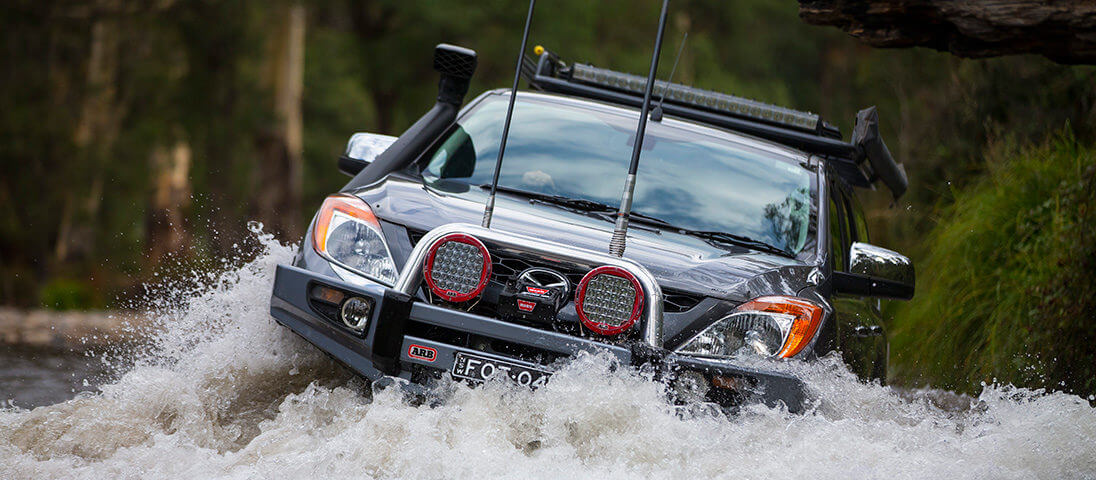Subscribe to ARB
Subscribe to ARB to receive your regular 4x4 CULTURE magazine, exclusive ARB promotional news and new product release information.
28th November, 2011

Dear ARB,
The new Safari snorkel for the Toyota FJ Cruiser looks great! I am a big believer in a snorkel’s advantage for both water crossings and when you’re at the back-end of a desert convoy. But with all these advantages and good looks, is there any down side? With the engine idling in low, low gear as the rig crawls slowly over obstacles, will my engine feel like it is sucking pea soup through a long straw, or will it be able to pull in all the O2 it needs to motor over what is in its way?
Thank you,
Paul
Hi Paul,
The Safari snorkel was first designed back in the early 80s as a means of providing engine protection from the rigours of harsh Outback touring, such as dust and water ingestion. The snorkel has been built so that the head or ram sits at roof height, offering water fording ability as well as clean, ambient air.
At idle and low speeds, the snorkel is able to provide ample oxygen for the engine. There is no need to worry about low engine power as each snorkel design is thoroughly tested for each vehicle to ensure there is no loss of engine performance. As the vehicle increases in speed, the ram design of the intake provides air in excess of the engine’s requirements.
Originally, the Safari snorkel was designed with a 3″ intake, which was fine when engines were smaller and less powerful, but as engines required more air, the intake size was increased to 3.5″.
One thing to note is that the air ram is able to be rotated so that in heavy snow, rain, or even a river crossing, there is no chance of excess ingress of water or snow build up. However, you must remember to rotate it back to the forward position for normal driving as it can reduce performance.
On some vehicles, as the snorkel sits on the driver’s side of the vehicle you may hear a more audible intake or ‘sucking’ noise, but realistically, the only disadvantage is that when you update your vehicle, you can’t take your snorkel with you… without leaving a large hole in the fender.
Mark ‘Lowmount’ Lowry
(Manager – Product Development & Evaluation)
Subscribe to ARB to receive your regular 4x4 CULTURE magazine, exclusive ARB promotional news and new product release information.